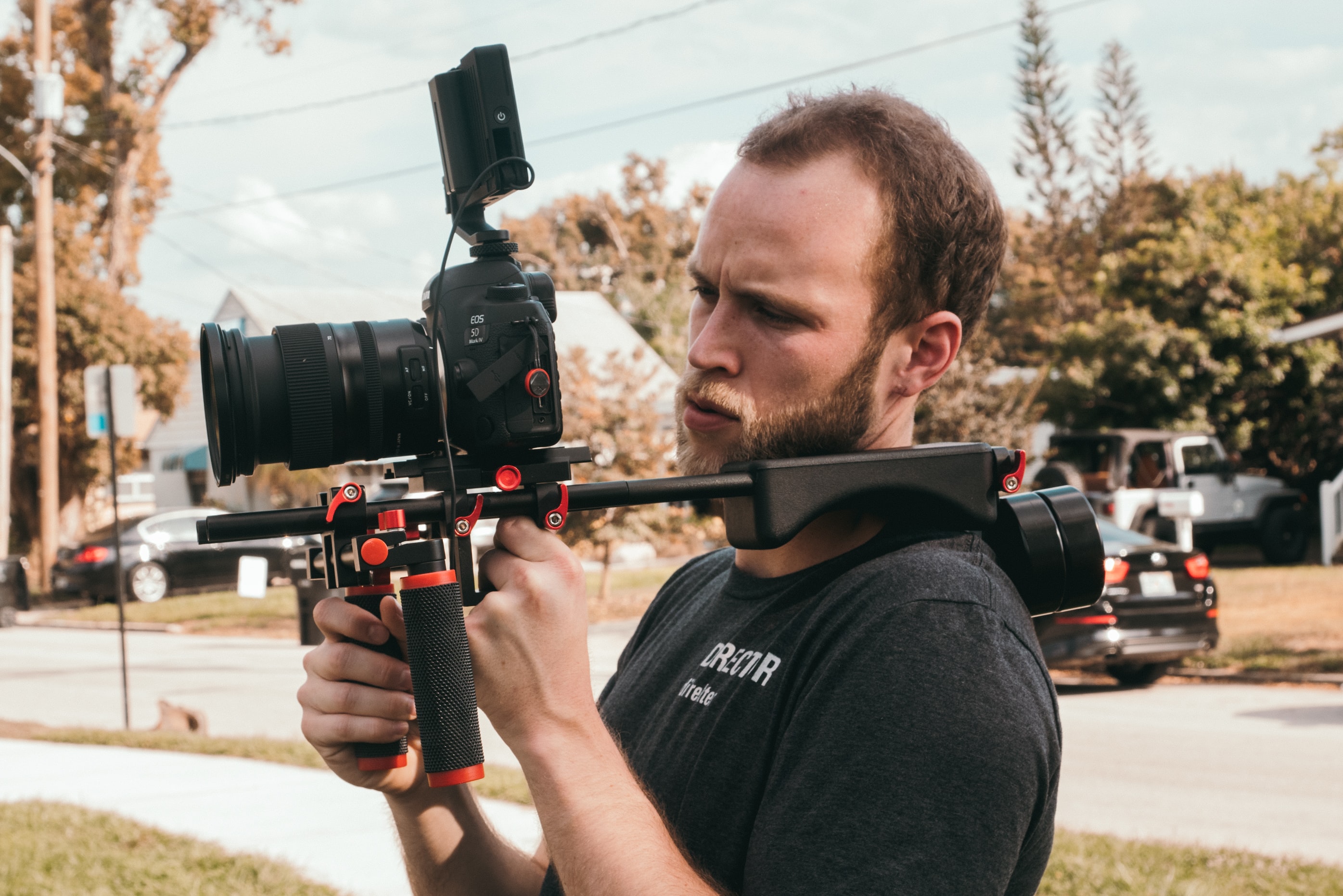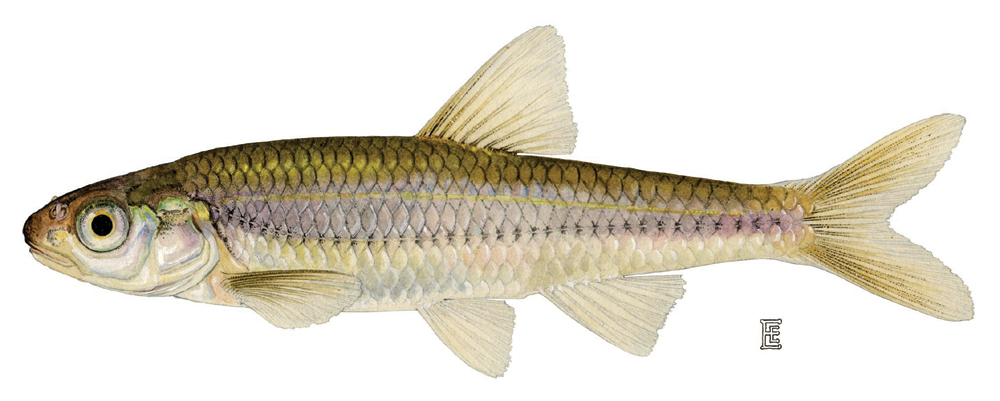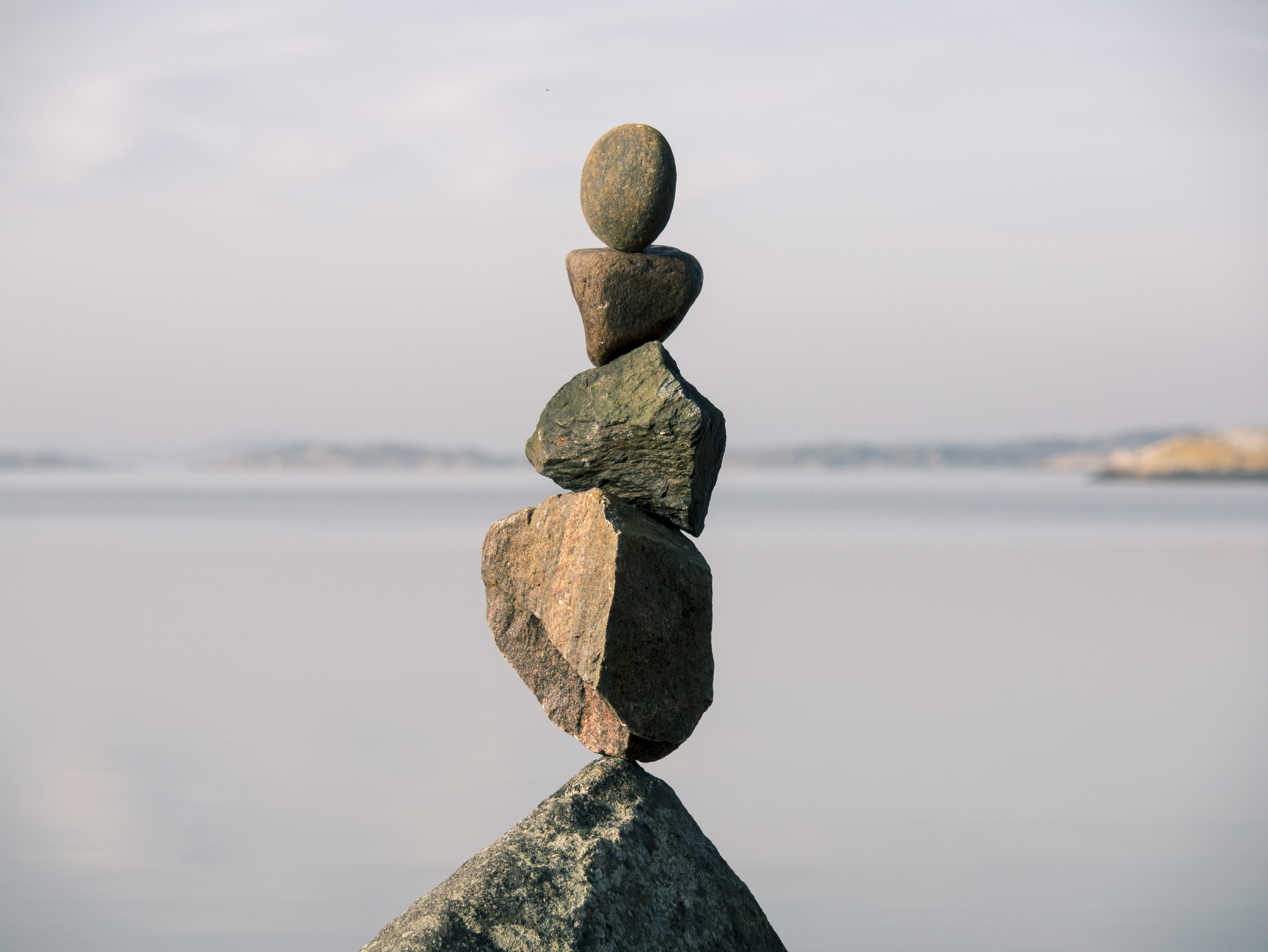|
Michael Grab
Michael Grab is an artist specializing in rock balancing, photography, and videography. He was born in Edmonton, Alberta, Canada and currently based in Boulder, Colorado, United States, and has worked professionally since 2008, creating precarious, short-lived works of art, usually in natural and often remote settings. Grab began practicing his craft in Boulder Creek (Colorado), Boulder Creek and he still considers it his home base, though he has given live performances of rock balancing in Switzerland, Sweden, Scotland and Germany and he has balanced rocks in Croatia, Italy, Belgium, and France. Much of his work is installed in remote natural settings, such as near river or ocean shorelines, and in other natural rocky settings. He has balanced rocks on the shores of Loch Ness. Some work has also been installed in urban settings, such as on street sidewalks. He has installed at least one short-lived underwater rock balance sculpture. [...More Info...] [...Related Items...] OR: [Wikipedia] [Google] [Baidu] |
Rock Balancing
Rock balancing (also stone balancing, or stacking) is a form of recreation or expression in which rocks are balanced on top of one another, often in a precarious manner. Conservationists and park services have expressed concerns that the arrangements of rocks can disrupt animal habitats and accelerate soil erosion, as well as mislead hikers in areas that use piled rocks for navigation. Rock piling in protected wilderness has been considered vandalism. Process During the 2010s, rock balancing became popular around the world, popularised through images of the rocks being shared on social media. Balanced rocks vary from simple stacks of two or three stones, to arrangements of round or sharp stones balancing in precarious and seemingly improbable ways. Professional rock-balancing artist Michael Grab, who can spend hours or minutes on a piece of rock balancing, says that his aim when stacking the stones is "to make it look as impossible as possible", and that the larger the size o ... [...More Info...] [...Related Items...] OR: [Wikipedia] [Google] [Baidu] |
Photography
Photography is the art, application, and practice of creating durable images by recording light, either electronically by means of an image sensor, or chemically by means of a light-sensitive material such as photographic film. It is employed in many fields of science, manufacturing (e.g., photolithography), and business, as well as its more direct uses for art, film and video production, recreational purposes, hobby, and mass communication. Typically, a lens is used to focus the light reflected or emitted from objects into a real image on the light-sensitive surface inside a camera during a timed exposure. With an electronic image sensor, this produces an electrical charge at each pixel, which is electronically processed and stored in a digital image file for subsequent display or processing. The result with photographic emulsion is an invisible latent image, which is later chemically "developed" into a visible image, either negative or positive, depending on the purp ... [...More Info...] [...Related Items...] OR: [Wikipedia] [Google] [Baidu] |
Videography
Videography is the process of capturing moving images on electronic media (e.g., videotape, direct to disk recording, or solid state storage) and even streaming media. The term includes methods of video production and post-production. It used to be considered the video equivalent of cinematography (moving images recorded on film stock), but the advent of digital video recording in the late 20th century blurred the distinction between the two, as in both methods the intermediary mechanism became the same. Nowadays, any video work could be called ''videography'', whereas commercial motion picture production would be called cinematography. A videographer is a person who works in the field of videography and/or video production. News broadcasting relies heavily on live television where videographers engage in electronic news gathering (ENG) of local news stories. Uses The arrival of computers and the Internet in the 1980s created a global environment where videography covered ... [...More Info...] [...Related Items...] OR: [Wikipedia] [Google] [Baidu] |
Edmonton
Edmonton ( ) is the capital city of the Canadian province of Alberta. Edmonton is situated on the North Saskatchewan River and is the centre of the Edmonton Metropolitan Region, which is surrounded by Alberta's central region. The city anchors the north end of what Statistics Canada defines as the " Calgary–Edmonton Corridor". As of 2021, Edmonton had a city population of 1,010,899 and a metropolitan population of 1,418,118, making it the fifth-largest city and sixth-largest metropolitan area (CMA) in Canada. Edmonton is North America's northernmost large city and metropolitan area comprising over one million people each. A resident of Edmonton is known as an ''Edmontonian''. Edmonton's historic growth has been facilitated through the absorption of five adjacent urban municipalities ( Strathcona, North Edmonton, West Edmonton, Beverly and Jasper Place) hus Edmonton is said to be a combination of two cities, two towns and two villages./ref> in addition to a series ... [...More Info...] [...Related Items...] OR: [Wikipedia] [Google] [Baidu] |
Boulder, Colorado
Boulder is a home rule city that is the county seat and most populous municipality of Boulder County, Colorado, United States. The city population was 108,250 at the 2020 United States census, making it the 12th most populous city in Colorado. Boulder is the principal city of the Boulder, CO Metropolitan Statistical Area and an important part of the Front Range Urban Corridor. Boulder is located at the base of the foothills of the Rocky Mountains, at an elevation of above sea level. Boulder is northwest of the Colorado state capital of Denver. It is home of the main campus of the University of Colorado, the state's largest university. History On November 7, 1861, the Colorado General Assembly passed legislation to locate the University of Colorado in Boulder. On September 20, 1875, the first cornerstone was laid for the first building (Old Main) on the CU campus. The university officially opened on September 5, 1877. In 1907, Boulder adopted an anti- saloon ordinanc ... [...More Info...] [...Related Items...] OR: [Wikipedia] [Google] [Baidu] |
Boulder Creek (Colorado)
Boulder Creek is a U.S. Geological Survey. National Hydrography Dataset high-resolution flowline dataThe National Map, accessed March 25, 2011 creek draining the Rocky Mountains to the west of Boulder, Colorado, as well as the city itself and surrounding plains. Route The creek is formed by two main tributaries rising along the Continental Divide: North and Middle Boulder Creek; and later joined by South Boulder Creek. North Boulder Creek forms in a valley between Navajo Peak and Arikaree Peak on the Continental Divide, in the Green Lakes chain of lakes. The creek flows past the community of Switzerland Park to join Middle Boulder Creek. Middle Boulder Creek rises as two forks from the Continental Divide: the North Fork rises in a cirque below Mount Neva and flows to the South Fork. The South Fork rises at Rollins Pass on the Continental Divide and flows to the North Fork. From the junction of the two forks, Middle Boulder Creek, long, flows east through the towns of ... [...More Info...] [...Related Items...] OR: [Wikipedia] [Google] [Baidu] |
Loch Ness
Loch Ness (; gd, Loch Nis ) is a large freshwater loch in the Scottish Highlands extending for approximately southwest of Inverness. It takes its name from the River Ness, which flows from the northern end. Loch Ness is best known for claimed sightings of the cryptozoological Loch Ness Monster, also known affectionately as "Nessie" ( gd, Niseag). It is one of a series of interconnected, murky bodies of water in Scotland; its water visibility is exceptionally low due to a high peat content in the surrounding soil. The southern end connects to Loch Oich by the River Oich and a section of the Caledonian Canal. The northern end connects to Loch Dochfour via the River Ness, which then ultimately leads to the North Sea via the Moray Firth. Loch Ness is the second-largest Scottish loch by surface area after Loch Lomond at , but due to its great depth it is the largest by volume in the British Isles. Its deepest point is , making it the second deepest loch in Scotland after Loch ... [...More Info...] [...Related Items...] OR: [Wikipedia] [Google] [Baidu] |
Rock Balancing
Rock balancing (also stone balancing, or stacking) is a form of recreation or expression in which rocks are balanced on top of one another, often in a precarious manner. Conservationists and park services have expressed concerns that the arrangements of rocks can disrupt animal habitats and accelerate soil erosion, as well as mislead hikers in areas that use piled rocks for navigation. Rock piling in protected wilderness has been considered vandalism. Process During the 2010s, rock balancing became popular around the world, popularised through images of the rocks being shared on social media. Balanced rocks vary from simple stacks of two or three stones, to arrangements of round or sharp stones balancing in precarious and seemingly improbable ways. Professional rock-balancing artist Michael Grab, who can spend hours or minutes on a piece of rock balancing, says that his aim when stacking the stones is "to make it look as impossible as possible", and that the larger the size o ... [...More Info...] [...Related Items...] OR: [Wikipedia] [Google] [Baidu] |
Trail Ethics
Trail ethics define appropriate ranges of behavior for hikers on a public trail. It is similar to both environmental ethics and human rights in that it deals with the shared interaction of humans and nature. There are multiple agencies and groups that support and encourage ethical behavior on trails. Trail ethics applies to the use of trails, by pedestrians, Dog walking, dog walkers, Hiking, hikers, Backpacking (wilderness), backpackers, mountain biking, mountain bikers, Equestrianism, equestrians, Hunting, hunters, and Off-roading, off-road vehicles. Etiquette Sometimes conflicts can develop between different types of users of a trail or pathway. Etiquette has developed to minimize such interference. Examples include: * When two groups meet on a steep trail, a custom has developed in some areas whereby the group moving uphill has the Priority (right of way), right-of-way. * Trail users generally avoid making loud sounds, such as shouting or loud conversation, playing music, ... [...More Info...] [...Related Items...] OR: [Wikipedia] [Google] [Baidu] |
Structural Integrity And Failure
Structural integrity and failure is an aspect of engineering that deals with the ability of a structure to support a designed structural load (weight, force, etc.) without breaking and includes the study of past structural failures in order to prevent failures in future designs. Structural integrity is the ability of an item—either a structural component or a structure consisting of many components—to hold together under a load, including its own weight, without breaking or deforming excessively. It assures that the construction will perform its designed function during reasonable use, for as long as its intended life span. Items are constructed with structural integrity to prevent catastrophic failure, which can result in injuries, severe damage, death, and/or monetary losses. ''Structural failure'' refers to the loss of structural integrity, or the loss of load-carrying capacity in either a structural component or the structure itself. Structural failure is initiated w ... [...More Info...] [...Related Items...] OR: [Wikipedia] [Google] [Baidu] |
Land Art
Land art, variously known as Earth art, environmental art, and Earthworks, is an art movement that emerged in the 1960s and 1970s, largely associated with Great Britain and the United StatesArt in the modern era: A guide to styles, schools, & movements. Abrams, 2002. (U.S. edition of Styles, Schools and Movements, by Amy Dempsey) but that also includes examples from many countries. As a trend, "land art" expanded boundaries of art by the materials used and the siting of the works. The materials used were often the materials of the Earth, including the soil, rocks, vegetation, and water found on-site, and the sites of the works were often distant from population centers. Though sometimes fairly inaccessible, photo documentation was commonly brought back to the urban art gallery.http://www.land-arts.com Land art. Concerns of the art mov ... [...More Info...] [...Related Items...] OR: [Wikipedia] [Google] [Baidu] |









